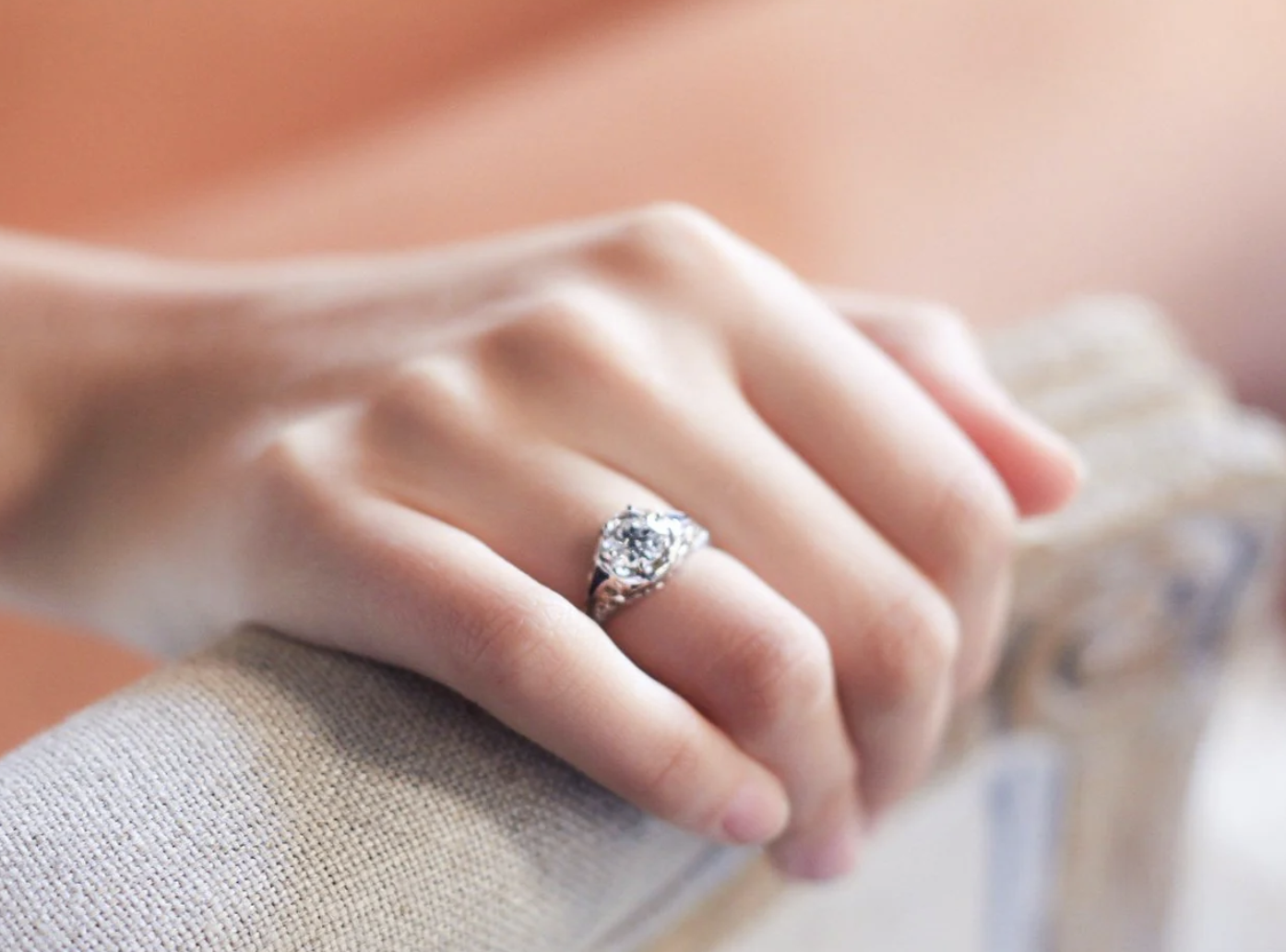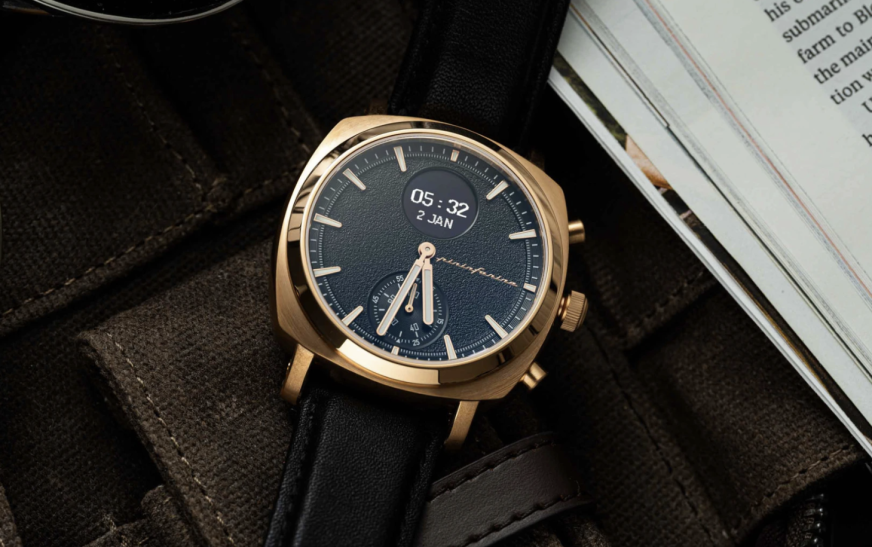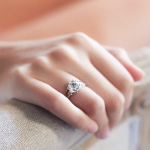Designing a custom round diamond engagement ring is an exciting journey that allows you to create a deeply personal and meaningful symbol of love. However, the path from concept to completed ring can be filled with potential pitfalls. To help ensure your dream ring turns out exactly as you envision, here are 10 common mistakes to avoid when designing a custom round-cut engagement ring.
1. Ignoring the 4 Cs of Diamond Quality
The 4 Cs—cut, color, clarity, and carat weight—are critical in determining the beauty and value of your round diamond. While the round brilliant cut is known for its dazzling sparkle, a poorly cut diamond can appear dull. Always prioritize an excellent or ideal cut grade to maximize brilliance.
Although round diamonds tend to hide color well, selecting a diamond with too low a color grade (below H or I) can lead to a yellowish tint. Additionally, inclusions or blemishes can affect the diamond’s brilliance, so don’t sacrifice quality for size. A smaller, high-quality diamond will often look more stunning than a larger, lower-quality one.
2. Choosing the Wrong Setting for the Round Cut
Round diamonds are versatile, but not every setting will highlight their natural beauty. Intricate or overly elaborate settings can overshadow the diamond’s sparkle. Instead, opt for a setting that complements the diamond’s proportions and brilliance.
Solitaire or classic halo settings work best with round cut engagement rings, as they allow the diamond to take center stage. Be cautious with bezel settings, as they can make the diamond appear smaller by covering more of its surface.
3. Overlooking Proportions and Symmetry
Round diamonds are prized for their symmetry, which contributes to their exceptional sparkle. Pay attention to the proportions and symmetry of the diamond when designing your ring.
Ideal table percentages for round diamonds range from 53% to 58%, and the ideal depth percentage falls between 59% and 62.5%. Poor symmetry can hinder the diamond’s light performance. Always choose a diamond with excellent symmetry for maximum brilliance.
4. Neglecting Metal Choice
The metal you choose can significantly affect the overall look and feel of your engagement ring. White gold or platinum can enhance the diamond’s brilliance, offering a modern and timeless look. Yellow or rose gold, on the other hand, has a warm tone, providing a more vintage or romantic feel but may slightly alter the diamond’s perceived color.
Consider the wearer’s lifestyle when choosing the metal. Platinum is more durable than gold, making it a better choice for active individuals.
5. Skipping Certification
A diamond certification is essential to guarantee that you’re getting what you’re paying for. Avoid uncertified diamonds, as they lack the transparency and quality assurance you deserve. Always cross-check the certificate’s information with the actual diamond to ensure accuracy and peace of mind.
Certification provides confidence that the diamond you’ve selected meets high standards for quality and value. For a truly memorable engagement ring, certification adds an extra layer of trust.
6. Focusing Solely on Trends
While certain diamond shapes and settings may be trendy, focusing too much on what’s fashionable can result in a design that feels outdated in just a few years. Instead, opt for a timeless design that suits your style. Round diamonds are classic and continue to be a popular choice due to their lasting beauty and sparkle.
Consider incorporating personal touches, such as accent diamonds or delicate engravings, to make the ring unique while maintaining a timeless aesthetic.
7. Not Considering Band Width
The band width plays a crucial role in how balanced and comfortable the ring will feel. A band that is too thin (under 1.5mm) can appear disproportionate and may bend or break over time. On the other hand, an overly thick band can overwhelm the diamond and make the ring uncomfortable.
A band width of 1.8mm to 2.5mm is generally ideal for round cut engagement rings, providing both durability and visual balance.
8. Ignoring Practicality
While the appearance of the ring is important, practicality should not be overlooked. Ensure that the ring is comfortable for everyday wear. A comfort-fit band can make a significant difference in wearability, and intricate designs may require more maintenance.
Consider the wearer’s lifestyle and choose a design that will hold up to daily wear, while still looking elegant.
9. Rushing the Process
Designing a custom engagement ring takes time, and rushing can lead to mistakes. Take the time to educate yourself about diamonds and ring design. Choose a jeweler with experience and positive customer reviews. Don’t hesitate to ask for clarification or advice throughout the design process.
Rushing through decisions can result in compromises, so be patient and thorough to ensure that your custom ring turns out perfectly.
10. Overlooking the Budget
Custom rings can vary greatly in price, so it’s important to establish a budget early on and stick to it. While it’s tempting to splurge, allocate more of your budget to the diamond itself and less to intricate settings or additional embellishments. Don’t forget to factor in additional costs, such as taxes, insurance, and resizing fees.
By being mindful of your budget, you can create a stunning ring that fits your financial plan without sacrificing quality.
Bottom Line
Designing a custom round diamond engagement ring is a rewarding process that requires careful planning and attention to detail. By avoiding these common mistakes, you’ll be well on your way to creating a ring that reflects your unique love story and will be cherished for a lifetime. Whether you choose a classic solitaire or a halo setting, the key to a perfect round cut engagement ring lies in balancing quality, design, and practicality.













